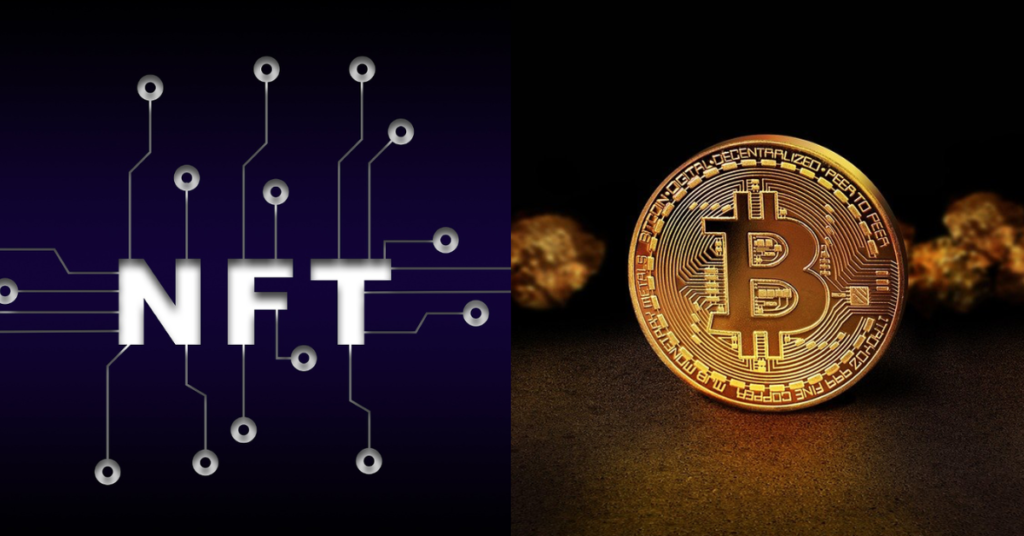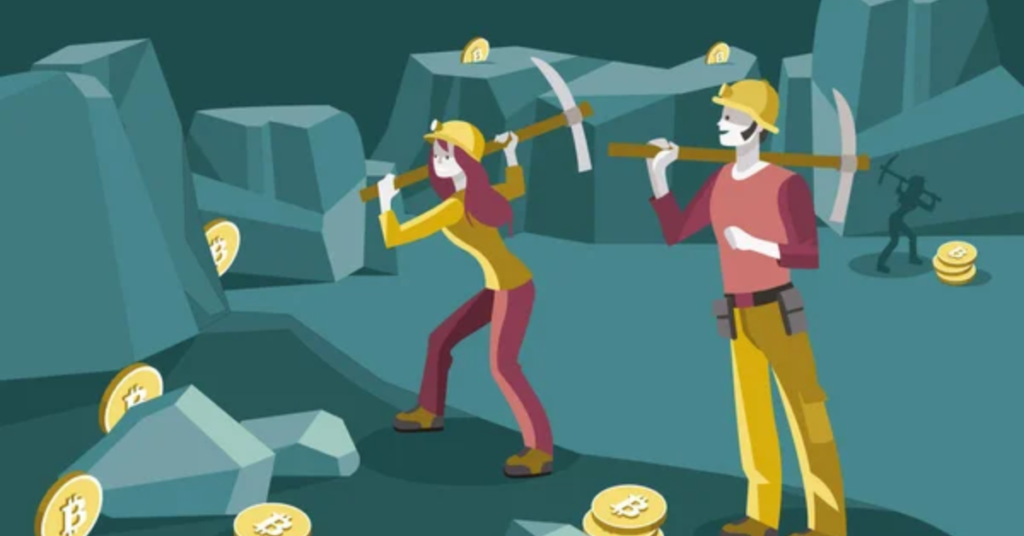Cryptocurrency has evolved into a powerful financial tool, with decentralized networks and blockchain technology continuing to transform the way we interact with money. One of the most compelling opportunities in the crypto space today is staking, a process that allows individuals to earn rewards by holding certain cryptocurrencies. If you’re new to staking or looking to deepen your understanding, this guide provides a detailed overview, explaining the concept, the benefits, and how you can get started.

What is Staking?
At its core, staking involves locking up a cryptocurrency to support the operations and security of a blockchain network. In exchange for this, the holder earns rewards, typically in the form of more cryptocurrency. Staking is most often associated with Proof of Stake (PoS) and its derivatives, such as Delegated Proof of Stake (DPoS), which are consensus mechanisms used by various blockchain networks.
In contrast to Proof of Work (PoW), which requires participants to solve complex mathematical problems to validate transactions (as seen with Bitcoin), PoS allows validators to create new blocks and confirm transactions based on the amount of cryptocurrency they hold and are willing to lock in the system. This makes the network more energy-efficient and scalable than PoW-based blockchains.
Key Benefits of Staking
Staking offers a variety of benefits that make it an attractive option for cryptocurrency enthusiasts:
- Earn Passive Income
By staking your cryptocurrency, you can earn a steady stream of rewards, typically in the form of additional tokens or coins. This income is generated through interest or block rewards, which are distributed periodically. Depending on the cryptocurrency you stake, annual yields can range from 5% to 20% or more. - Support Network Security
When you stake coins, you’re helping to secure the network. Validators who have a stake in the system are incentivized to act honestly because they risk losing their staked coins if they behave maliciously. This creates a more secure and robust blockchain. - Environmental Benefits
Unlike PoW systems, which consume vast amounts of energy to validate transactions, PoS-based blockchains require far less energy. As a result, staking is seen as a more sustainable alternative, aligning with the growing demand for eco-friendly financial systems. - Community Engagement
Many blockchain networks allow users to participate in governance decisions, such as voting on protocol upgrades or changes. Stakers often receive governance tokens, giving them a voice in the development of the network.
Understanding the Basics of Staking
To get started with staking, it’s important to understand the basic components involved in the process. Here’s a closer look:
- Validator Nodes
These are participants in the network that validate transactions and create new blocks. To become a validator, one must stake a certain amount of cryptocurrency to prove their commitment to the network’s security. Validators are selected based on the amount they have staked, among other factors. - Delegators
Not everyone has the technical skills or the resources to run a validator node. Instead, many users choose to delegate their tokens to a trusted validator. In exchange, the validator handles the technical side of staking and rewards the delegators with a share of the staking rewards. - Locking Period
Staking generally involves a lock-up period, meaning your tokens are unavailable for withdrawal for a certain duration. This period can vary from network to network, ranging from days to months. While this limits liquidity, it also enhances the security and integrity of the network. - Rewards
Staking rewards are distributed to participants in a variety of ways. They are typically calculated as a percentage of the total amount of cryptocurrency staked, and these rewards can fluctuate based on network activity and demand for staking.
Different Types of Staking
While the basic concept of staking remains the same, there are several different methods for staking cryptocurrencies. Let’s break them down:
- Solo Staking
Solo staking requires you to set up your own validator node. This method typically requires a significant investment in hardware, as well as technical expertise to maintain and monitor the node. Solo stakers earn the full staking rewards, but the process can be quite complex and requires a substantial amount of cryptocurrency (for example, 32 ETH for Ethereum 2.0). - Pooled Staking
Pooled staking allows you to combine your cryptocurrency with that of other participants, creating a shared pool that increases the likelihood of earning rewards. The rewards are then distributed proportionally based on each participant’s contribution. Pooled staking is a more accessible option for those who don’t want to invest in a validator node or who don’t have enough of a particular cryptocurrency to stake on their own. - Delegated Staking
In delegated staking, token holders can delegate their stake to a trusted validator. This method is typically used by individuals who don’t want to manage a validator node themselves. By choosing a reputable validator, delegators can still earn rewards without the technical complexity of running a node.
How to Get Started with Staking
Getting started with staking is relatively straightforward, but it does require careful planning and consideration of the available options. Here’s a step-by-step guide to help you begin staking your cryptocurrency:
- Choose a Staking Platform
The first step is to choose a staking platform that supports the cryptocurrency you wish to stake. You can either use a centralized exchange like Coinbase, Binance, or Kraken, or opt for a decentralized platform such as Ethereum 2.0, Cardano, or Polkadot. Centralized exchanges typically offer a user-friendly experience, while decentralized platforms often provide greater control and security. - Select Your Cryptocurrency
Not all cryptocurrencies support staking. Before you begin, research which cryptocurrencies allow staking and assess their staking rewards, lock-up periods, and other features. Popular staking coins include Ethereum (ETH 2.0), Cardano (ADA), Polkadot (DOT), and Tezos (XTZ). - Transfer Your Cryptocurrency to a Staking Wallet
After choosing a platform and cryptocurrency, you’ll need to transfer your funds into a staking wallet. This wallet is where your tokens will be stored while you stake them. Some wallets are integrated with exchanges or staking platforms, making the process seamless. - Select a Validator (If Applicable)
If you’re using delegated or pooled staking, you’ll need to choose a validator or staking pool. Be sure to research each validator’s performance, reputation, and fees. Validators with higher uptime and performance are more likely to reward stakers. - Start Staking
Once your cryptocurrency is in the staking wallet, you can start staking. Depending on the network, staking rewards may be distributed daily, weekly, or monthly. Make sure to monitor your staking status and be aware of any changes to the network or reward distribution schedule.
Risks of Staking
Although staking can be a rewarding and relatively low-risk way to earn passive income, there are still some risks to consider:
- Slashing
Some networks implement a process called slashing, which penalizes validators or delegators for malicious behavior or failure to perform their duties properly. If a validator misbehaves, a portion of the staked tokens may be forfeited. - Lock-up Periods
Staking often requires locking up your cryptocurrency for a specific period of time. During this period, you may not be able to access or withdraw your funds, which can be a disadvantage if the market turns unfavorable. - Network Risks
While staking supports network security, there is always a risk of bugs, hacks, or other technical failures that could affect the stability of the blockchain network. It’s important to stay informed about network upgrades or changes that may impact your staked tokens.
Conclusion
Staking cryptocurrencies offers an exciting opportunity for investors to earn passive income while contributing to the security and decentralization of blockchain networks. Whether you’re interested in solo staking, pooled staking, or delegating your stake, understanding the mechanics, risks, and rewards of staking is essential for maximizing your potential profits.
By choosing the right staking platform, doing thorough research on the cryptocurrencies you wish to stake, and understanding the risks involved, you can make informed decisions and begin earning rewards from your crypto investments. Remember, like all investments, staking requires careful planning and a willingness to accept some degree of risk, but with the right strategy, it can be a highly rewarding venture.


